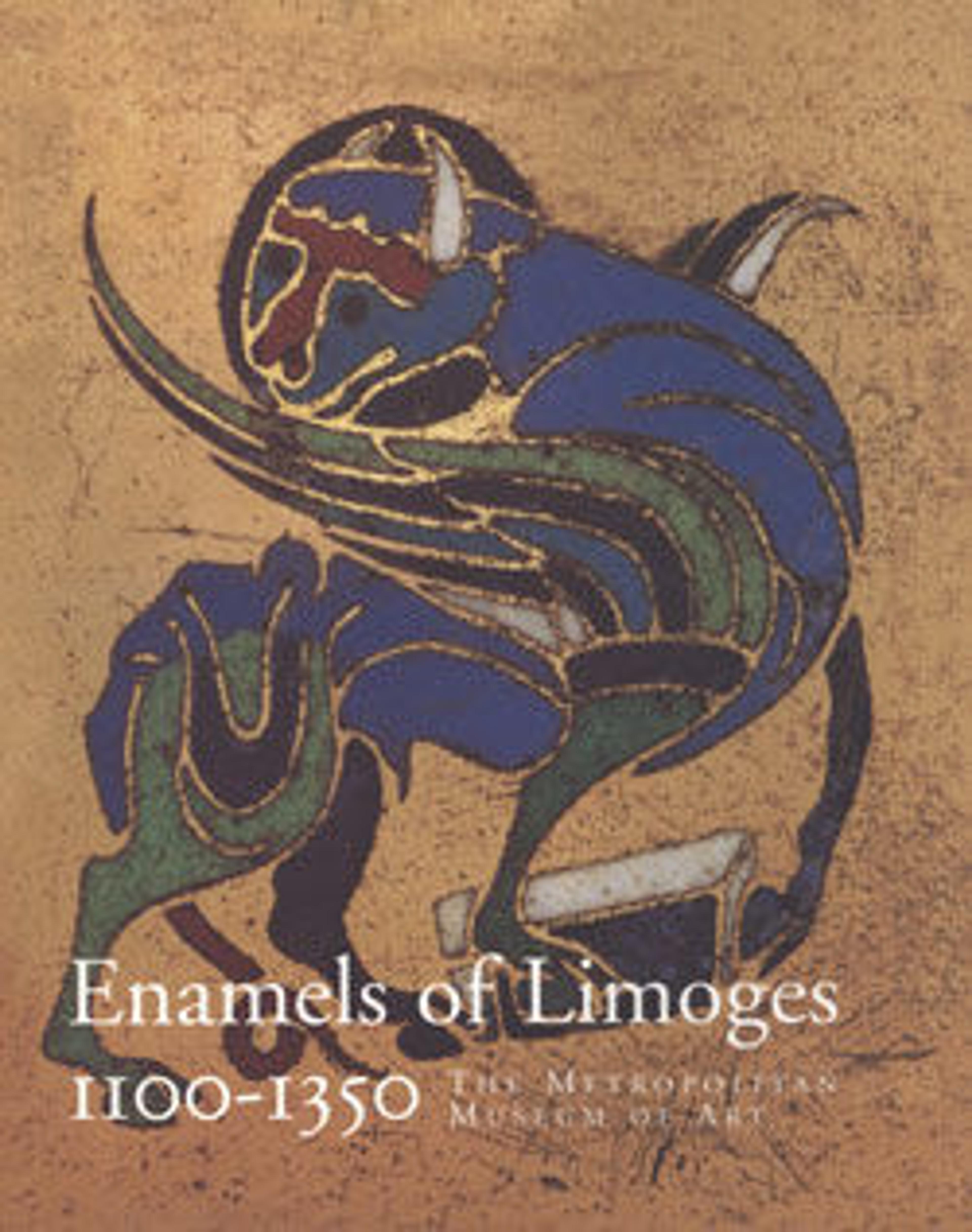Eucharistic Dove
Rich with gilding, its overall surface engraved and enameled in a pattern that suggests layers of feathers, this dove would have hung over an altar as an evocation of the Holy Spirit. A tear-shaped door on its back conceals a small cavity once used to hold the bread of the Eucharist. Though many textual sources mention gold and silver doves, suggesting these materials were part of the standard liturgical furnishings for churches and communities that could afford them, few examples survive. On the other hand, doves of Limoges work fashioned from copper and enameled in brilliant colors exist in large numbers.
Artwork Details
- Title:Eucharistic Dove
- Date:ca. 1215–35
- Geography:Made in Limoges, France
- Culture:French
- Medium:Gilded copper with champlevé enamel
- Dimensions:Overall: 7 1/2 x 7 13/16 x 2 13/16 in. (19 x 19.8 x 7.2 cm)
with modern mount: 7 9/16 x 9 3/8 x 6 15/16 in. (19.2 x 23.8 x 17.7 cm)
diameter of enameled inner circular base: 3 3/8 in. (8.5 cm) - Classification:Enamels-Champlevé
- Credit Line:Gift of J. Pierpont Morgan, 1917
- Object Number:17.190.344
- Curatorial Department: Medieval Art and The Cloisters
More Artwork
Research Resources
The Met provides unparalleled resources for research and welcomes an international community of students and scholars. The Met's Open Access API is where creators and researchers can connect to the The Met collection. Open Access data and public domain images are available for unrestricted commercial and noncommercial use without permission or fee.
To request images under copyright and other restrictions, please use this Image Request form.
Feedback
We continue to research and examine historical and cultural context for objects in The Met collection. If you have comments or questions about this object record, please contact us using the form below. The Museum looks forward to receiving your comments.
